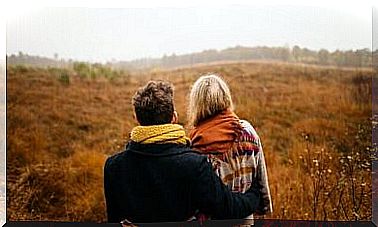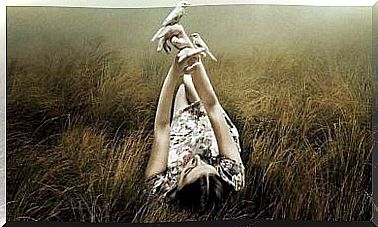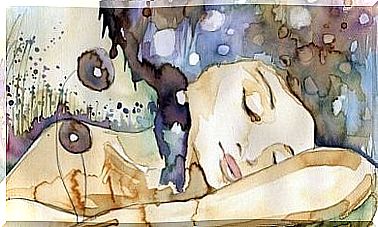Ronald David Laing, A Schizophrenia Researcher
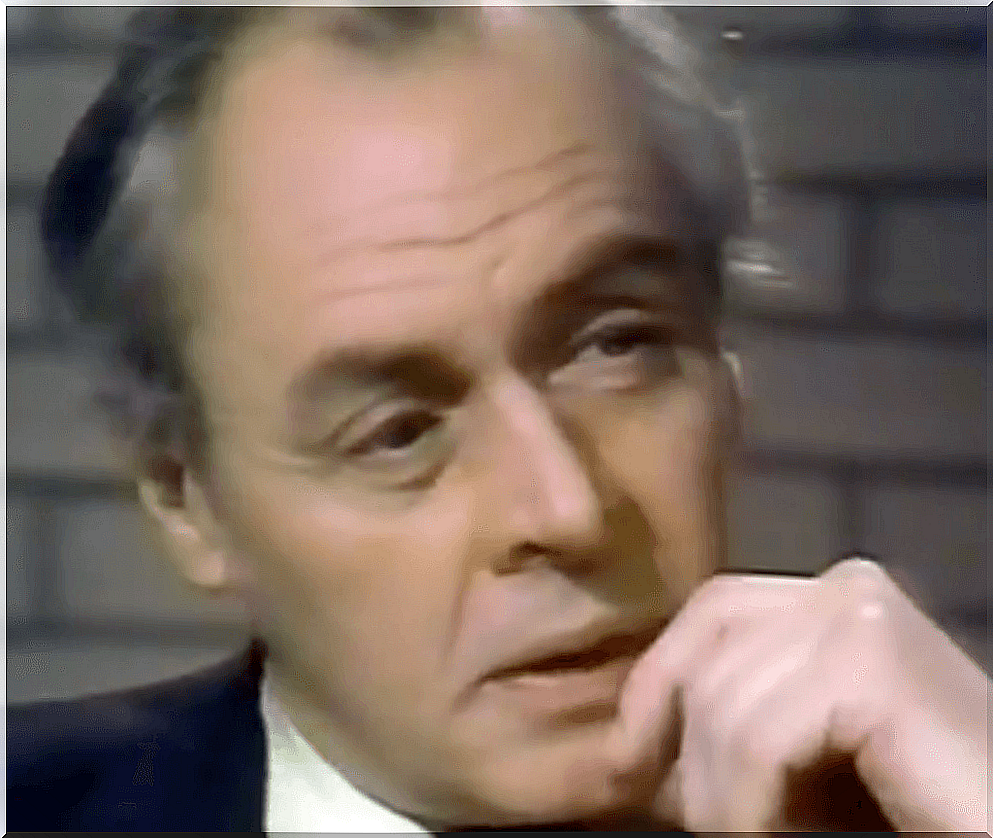
Ronald David Laing was a British psychiatrist known for his alternative approach to treating schizophrenia. He was, moreover, the founder of a current that became known as antipsychiatry in the 1960s and 1970s.
Like many other psychologists and social scientists, Laing worked and researched at the famous Tavistock Clinic. Years later, he joined the Tavistock Institute team in the research area.
The Tavistock Institute was responsible for providing the necessary funding for Laing to carry out his most important research.
His work focused on the study of schizophrenia and the treatment environment of schizophrenic patients. Laing proposed the theory that patients behaved differently depending on the environment in which they lived.
Next, we’ll reveal more details about the life of Ronald David Laing and his research related to schizophrenia.
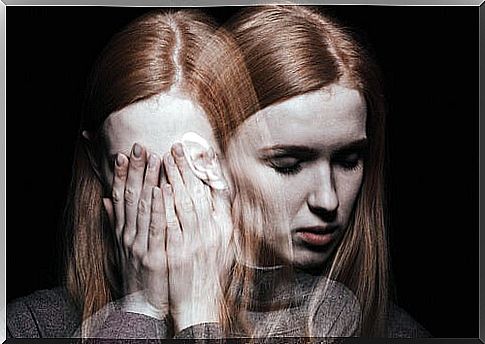
Ronald Laing childhood
Laing was born on October 7, 1927 in Govanhill, Glasgow, Scotland. He was born into a working class family, being the only child of David McNair Laing and Amelia Laing.
Until 1945, he attended the Hutcheson boys’ primary school in Glasgow, where he distinguished himself by being an excellent student and possessing exceptional musical ability. He obtained his degree from the Royal Academy of Music in 1944 and joined the Royal College of Music in April 1945.
During that time, he was an avid student of philosophy. Some of the authors who most caught his attention were Freud, Marx, Nietzsche, and especially Kierkegaard. He later studied medicine and psychiatry and obtained a doctorate in medicine at the University of Glasgow in 1951.
The vocation for psychiatry
Between 1951 and 1953 he was recruited as a psychiatrist by the Royal Army Medical Corps. He was sent to the British Army Psychiatric Unit, Netley, near Southampton, and then to Military Hospital in Catterick, Yorkshire.
In late 1953, he left the army and began teaching at the University of Glasgow. During this period, he went to the Gartnavel Royal Mental Hospital to complete his psychiatric training.
In this hospital, he established an experimental treatment site : the “Rumpus Room”, in which schizophrenic patients spent time in a comfortable room.
Both staff and patients wore normal clothing. In addition, patients could devote time to activities such as cooking and artistic activities.
Everyday activities were aimed at ensuring that patients could respond to staff and others in a social rather than institutional setting.
All patients showed a remarkable improvement in behavior as a result of this innovative treatment. In January 1956, he received his qualification as a psychiatrist.
Laing’s professional consolidation
In late 1956 he was appointed Senior Registrar at London’s Tavistock Clinic. He directed research at this institute until 1960.
The Tavistock clinic was formed by doctors who studied patients from the British army, and its main objective was to identify the sequelae that the war left in an individual.
Shortly thereafter, the Tavistock Institute was created as a non-profit non-governmental organization. Funded by the Rockefeller Foundation, the Tavistock Institute carried out research in social sciences and psychology applied to education, research and professional development.
Thus, Laing worked for the Tavistock Institute for nearly 30 years. In 1958, he began the research that would lead him to his work Sanidade, Loucura ea Família , which was published in 1964.
He also started to run a series of seminars that involved a number of people, who eventually became important contributors. This was the case with Aaron Esterson and David Cooper.
Laing’s works and recognition
His work The Divided Self was published by the Tavistock editorial in 1960. The book received favorable reviews, although after its release, sales did not keep up with its success. Shortly thereafter, he published the book O Eu e os Outros.
Laing qualified as a psychoanalyst and established a private practice in London. He started experimenting with drugs, especially LSD.
In 1962, he was appointed Clinical Director of the Langham Clinic in London, and from that time onwards, he began to gain a certain popularity.
In the following years, he wrote most of the articles that were later compiled in the book The Politics of Experience and the Bird of Paradise. He also published Reason and Violence in co-authorship with David Cooper, another researcher associated with the Tavistock Institute.
The Kingsley Hall project
In 1965, Laing embarked on the Kingsley Hall project along with Aaron Esterson, David Cooper, and other researchers of the time. The project lasted until 1970.
In summary, Kingsley Hall consisted of establishing an experimental, non-hierarchical community in which patients with schizophrenia would be given a space to work on their psychosis without resorting to drugs or other therapies, such as electroshock or surgery.
The inspiration came from Laing’s Rumpus Room projects and the experience of its collaborators. Other projects, such as the Villa 21 de Cooper, proved fundamental to the development of Kingsley Hall.
Thus, a community was developed for schizophrenic patients without distinction between staff and patients, that is, based on social relationships.
As a consequence of the success of Kingsley Hall, Laing toured the United States, which allowed him to get in touch with other renowned psychoanalysts.
In 1967, he participated in the Congress of Dialectics of Liberation, designed to unite left-wing politics and psychoanalysis. There, he gave a speech entitled The Obvious . Later, it was published in an anthology that brought together the speeches of that congress.
Personal life
In 1952, Laing married his girlfriend Anne Hearne. In the same year, his first daughter was born, named Fiona. The marriage also gave rise to other children: Susan, Karen, Paul, Adrian.
After separating from Anne, Laing had Jutta Werner as a partner, with whom he had three more children. Later, he would have two more children of different mothers.
In 1971, with Kingsley Hall closed, Laing decided it was time to take a sabbatical in Sri Lanka and India. During this trip, he devoted himself to theravedic Buddhist meditation.
Preparing for his trip, he closed his private practice, the same one in which he had conducted LSD therapy sessions during the 1960s. It was unclear whether his LSD research was resumed when he returned from India.
On August 23, 1989, Laing died while playing tennis. According to medical reports, he suffered a heart attack.

Ronald David Laing’s Legacy for Schizophrenia
Throughout much of his career, Laing was interested in the underlying causes of schizophrenia and showed clear opposition to the treatments that were then used to treat these patients.
So Laing tried to look for alternatives to hospitalization and electroshock therapy that were common at that time in history.
Laing theorized that ontological insecurity (insecurity about self-existence) provokes a defensive reaction. This reaction, in turn, causes the self to split into separate components, thus generating the characteristic psychotic symptoms of schizophrenia.
In his work Sanidade, Loucura ea Família, he published a series of cases of people whose mental illnesses were, according to Laing, influenced by their family relationships. This approach generated a lot of excitement at the time.
Although Ronald David Laing’s initial approach to schizophrenia was quite controversial, he rectified some of his positions in subsequent years.


